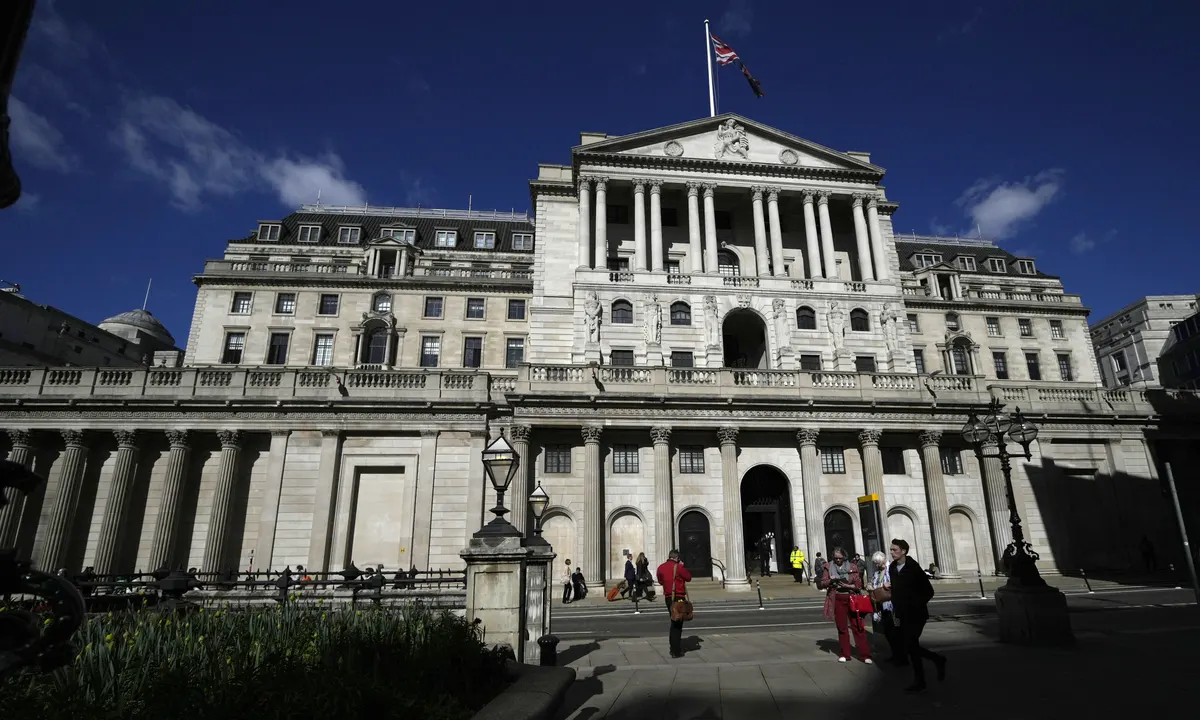LONDON, September 6, 2023 – To fight inflation, central banks have to increase interest rates. Their operating procedure consists of raising the rate of remuneration on commercial banks’ reserves held at the central bank. In doing so, central banks now make large interest payments to banks.
The Eurosystem will be paying out €136bn interest on €3.6tn of reserves to euro area banks during 2023. The US Federal Reserve will be paying out $162bn to banks in the current year – 5.15% on $3.1tn of bank reserves. Similar massive handouts to commercial banks are now organised by the Bank of England.
The fight against inflation is making central banking a loss-making activity. These large interest payments to banks raise three important questions.
First, why should commercial banks be remunerated for holding liquid reserves at the central bank? Second, is this remuneration necessary to conduct monetary policy? Third, do there exist alternative policy procedures that avoid making large interest payments to banks?
Many economists today take for granted that bank reserves are remunerated. Yet this remuneration is a recent phenomenon. The European Central Bank [ECB] started this practice in 1999. The Fed introduced the remuneration of banks’ reserve balances only in 2008. Before 2000, the general practice was not to remunerate banks’ reserve balances.
This made good sense: commercial banks do not remunerate demand deposits held by their customers. These demand deposits have the same function as bank reserves at the central bank – they provide liquidity for the non-bank sector and are not remunerated. It is difficult to find an economic justification for why bankers should be paid for holding liquidity while everybody else accepts not to be remunerated.
The lack of economic foundation for paying interest on banks’ liquid reserves becomes even more striking when considering that central banks make profits because they have a monopoly from the state to create money. The practice of paying interest to commercial banks amounts to transferring this monopoly profit to private institutions.
This monopoly profit should in fact be returned to the government [the taxpayer] that has granted the monopoly rights. Paying out interest on banks’ reserve balances amounts to a massive transfer from taxpayers to commercial banks organised by the central bank. This does not appear to be a fair system.
Is the remuneration of bank reserves necessary to conduct monetary policy? The standard answer is yes. Today, there is an oversupply of bank reserves thanks to the large-scale quantitative easing of the past. Because of this oversupply of bank reserves, the money market interest rate is stuck at 0% and the central bank cannot raise the market interest rate [which it needs to do to fight inflation].
The only way to do this in the reserve-abundant regime is to raise the rate of remuneration of bank reserves, which acts as a floor for the market interest rate. Such an increase in the remuneration of bank reserves is then transmitted into an increase of the money market interest rate and to the whole structure of interest rates.
Can one design a system that will avoid having to make massive transfers to banks while maintaining the current operating procedure used by the central banks, and in doing so (hopefully) gain their backing? We believe it is possible to design such a system.
It is a two-tier system, which consists of imposing non-interest-bearing minimum reserve requirements on part of the bank reserves. The bank reserves exceeding the minimum requirement (excess reserves) would then be remunerated as they are today. For example, half of the existing bank reserves could be made required and unremunerated reserves; the other half would be remunerated as before. This would cut by half the massive transfers of central banks’ profits shown in Figure 1.
There is an opportunity to introduce such a system today. The ECB decided in July to stop remunerating minimum reserve requirements. Today, these only amount to 1% of deposits. The ECB could raise this percentage. If it raised minimum reserve requirements to 5%, it would reduce transfers to banks by €30bn; if it raised requirements to 10%, it would lower these transfers by €60bn. At the same time, the reserve-abundant regime would be maintained: even with a 10% minimum requirement the amount of excess reserves would still be around €2tn.
The ECB could maintain its current operating procedure in its strategy to fight inflation. The only difference would be that in fighting inflation the central banks of the euro area would transfer less profit to commercial banks. They would marry effectiveness with fairness.
This article was writen by Paul De Grauwe , John Paulson Chair in European Political Economy, European Institute at the London School of Economics, and Yuemei Ji, Professor of Economics at University College London.
https://thecooperator.news/commercial-banks-continue-to-raise-lending-rates/
Buy your copy of thecooperator magazine from one of our country-wide vending points or an e-copy on emag.thecooperator.news
